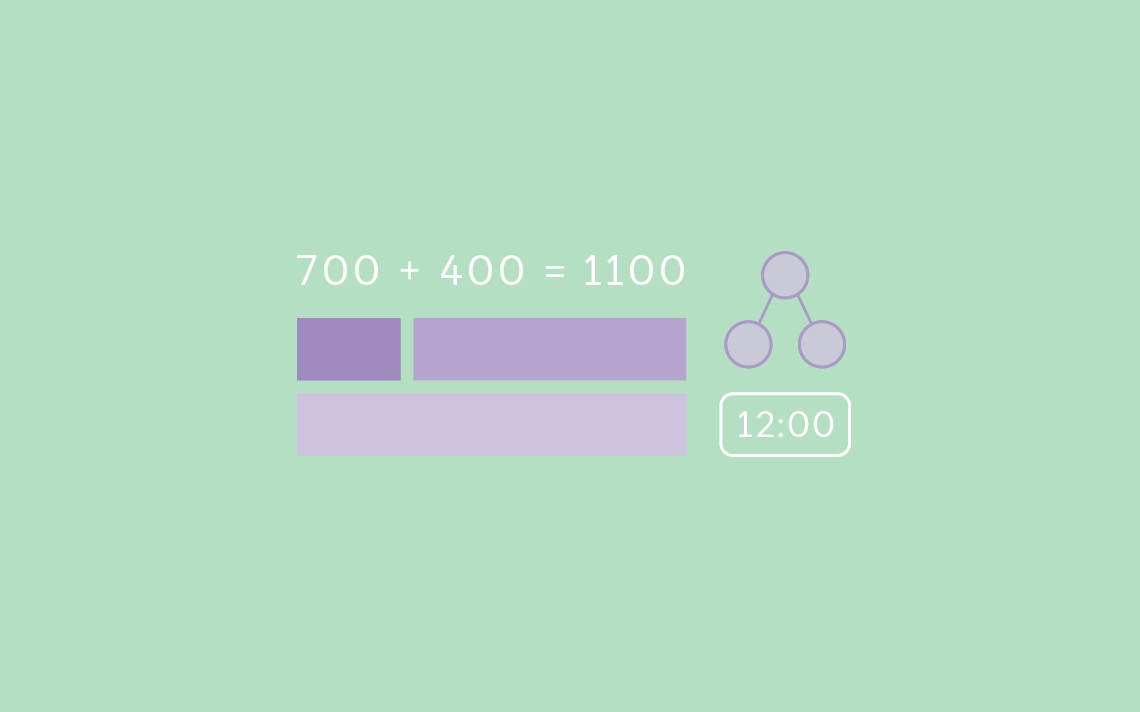What does it mean to be KS2 ready?
Making the jump to Key Stage 2 is a big change for a seven-year-old child. Here’s what you need to look out for when getting your learners KS2-ready.
As the new school year draws near, I start wondering what my new cohort will be like. As a teacher of a mixed Year 3–4 class, I’m keen to find out what my new Year 3 pupils already know and the skills they’ll need to be ready for KS2.
So, what does it mean to be KS2-ready? The obvious answer is a child who is secure in all of their Year 2 mathematics objectives. Of course, this is the ideal scenario. But what are some practical ways to help new Year 3 learners hit the ground running?
Many of the key skills I look for tend to focus around number, but children’s attitude to maths and learning also plays a big role.
1. Knowledge and application of key facts
Being secure in the number bonds up to 20 (or having strategies to derive them) gives Year 3s a great start. If a child knows all these facts and can apply them, the opportunities to build on this knowledge are huge.
I remind my class that if they know their number bonds that total 10, they can then work out what to add to any two-digit number to make 100.
For example: 53 + ? = 100
I know that 7 goes with 3 to make 10, so I know that 7 also goes with 53 to make the next multiple of 10. I also know that 6 goes with 4 to make 10, so I know that 6 tens go with 4 tens to make 10 tens.
Likewise, knowing that 7 + 4 = 11 should help children to calculate 70 + 40, 700 + 400 or 0.7 + 0.4
Mastery of the two, five and ten-times tables helps learners confidently apply these facts to different situations. It also lets them focus their attention on learning their 3s, 4s, and 8s.
With addition and multiplication facts, it’s important that children make the link between inverse operations and can derive related subtraction and division facts.
2. Understanding of place value
As children move into Year 3, they begin to deal with bigger numbers. Learners who are secure with place value in two-digits can progress to large three-digit numbers. Building confidence in working with three-digit numbers is essential to a child’s time in Year 3.
The ability to partition numbers will help learners to carry out mental calculations and get them ready for KS2. Place value knowledge helps learners understand written methods for addition, subtraction, and multiplication.
Transform Your Maths Assessment
Insights — our online assessment tool — gives you instant, powerful data to identify gaps and improve results.

3. Familiarity with key models and representations
It’s much easier to use bar models, whole-part models, and arrays if children have worked with them in KS1.
Bar models, in particular, can unlock the maths required to solve a problem. Their uses are vast when it comes to the four number operations. When working with fractions, bar models provide a crucial step towards working with more abstract concepts.
4. Above all, it’s about attitude
There are so many other mathematical skills that lay the foundations for a great start to KS2. I haven’t even mentioned telling the time and have only briefly touched on fractions.
When I stop and think about it, what I value above everything else in new Year 3 learners are these key traits:
- The confidence to have a go and the acceptance that it is okay to make mistakes
- The resilience to keep going when finding concepts challenging
- The eagerness to spot patterns and make connections
- The curiosity to ask questions, test out ideas and want to prove things
- An enthusiasm for and enjoyment of this fantastic and fascinating subject
These are not Year 2 objectives, but any KS1 teachers who have managed to instill them in their children have done a great job in making them KS2-ready. Bring on the new year!
